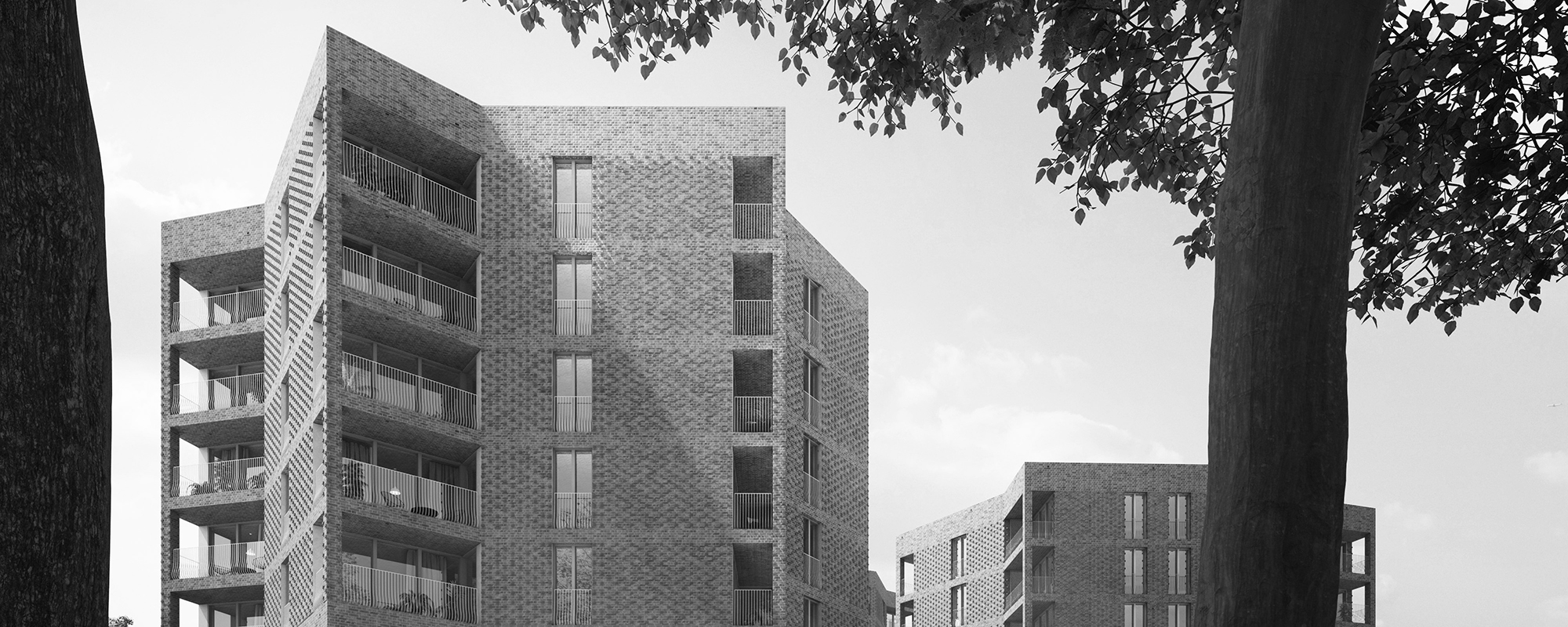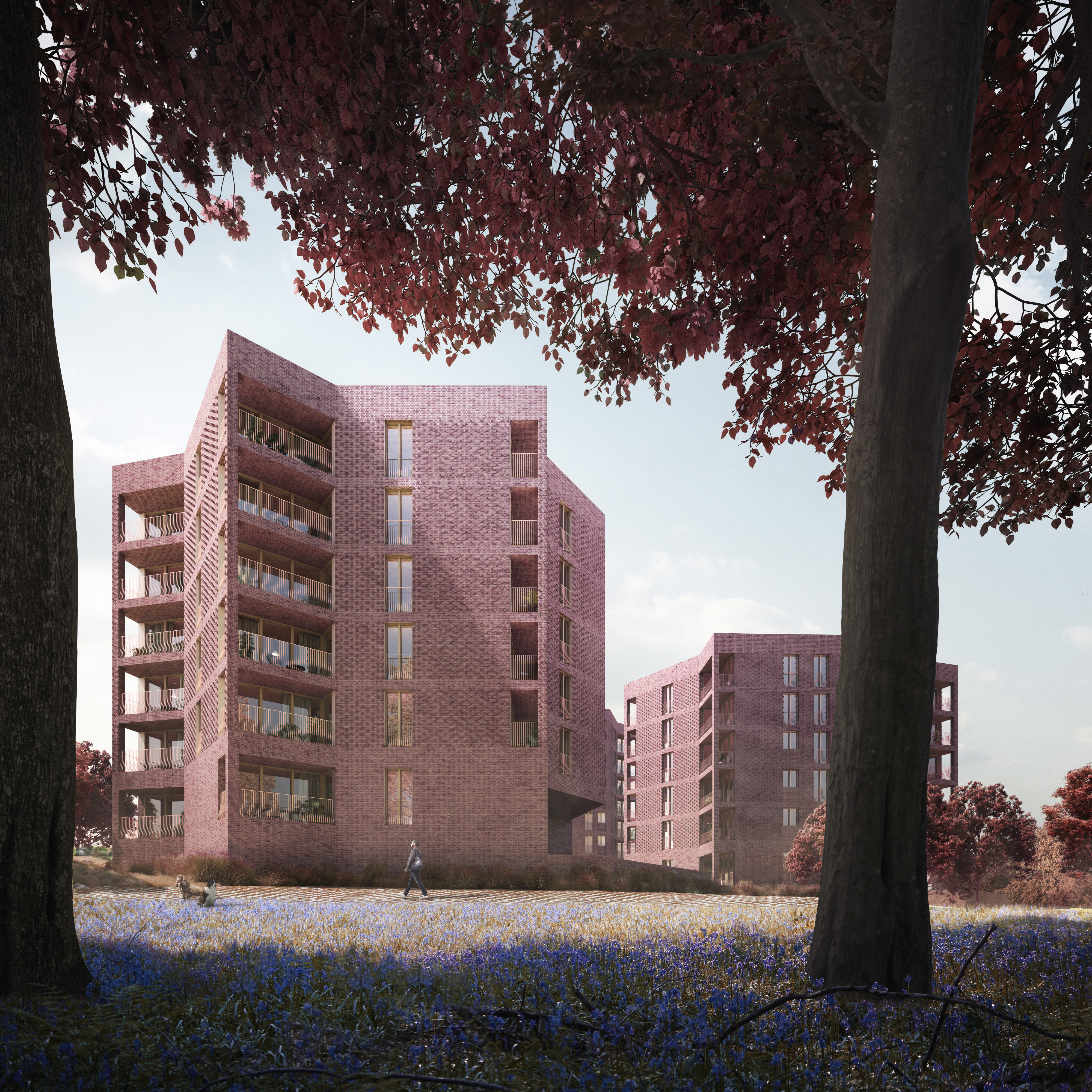Get updates from The Developer straight to your inbox Yes, please!
Developers, we have an image problem
The public don’t trust, or indeed respect, developers and this is negatively impacting urban discourse, writes Colm Lacey, chief executive of Brick by Brick
The development industry has a problem with people. In the most recent Ipsos MORI Veracity Index, those surveyed ranked almost all of the major stakeholders in a typical development project below ‘the ordinary man/woman on the street’ in terms of trustworthiness. In particular, the public image of the ‘developer’ – typically a ruthless, intellectually suspect, middle-aged white man – evidences a distaste which commonly accompanies the distrust.
Setting aside the issue of whether this state of affairs is justified, it undeniably impacts on the quality of discourse on urban development. This is not new, and it is possible to conceive a stroll through suburban London as a study in historically strained relationships.
The low-density development context of the 1920s and 1930s focused mainly on virgin, flat sites with good access. This had the added benefit of avoiding most of the extant communities. Many of the buildings developed on these sites took a design path of least resistance, replicating a form of development which had previously been deemed acceptable.
“It is all too easy for a cynical developer, in progressing a scheme through consultation, to hide behind a cloak of negative expectation”
The avoidance of resistance from existing residents remains a common thread running through development activity and it significantly influences the nature of interaction between developers and extant communities.
Typically, there are two main points in the development process at which the developer directly engages with people not professionally involved in the development itself: during pre-planning public consultation and during the sales process.
It is all too easy for a cynical developer, in progressing a scheme through consultation, to hide behind a cloak of negative expectation: “Why would we genuinely seek opinions when they are bound to rail against this?”
What follows is effectively a form of professional gaslighting, collecting circumstantial feedback on a random range of issues and rearranging it to justify a pre-conceived supposition. Incidentally, the sales process can be equally misleading, with seller and self-selecting buyer locked in a mutual suspension of disbelief most clearly exhibited in the horror that is the ‘developer CGI’.
Similarly, extant communities can fall into a state of lazy protest against any form of development, de facto obstructing lest even a flicker of interest be taken as support. In the absence of trust, or indeed respect, those who have influence effectively gag themselves.
Commercially speaking, it is bizarre that developers have permitted such a significant and unpredictable influence on the value of their assets to perpetuate. Almost all other elements of cost and return in a modern development appraisal will have been honed to kingdom come, to the extent that for many developers the specification process has become more or less automated.
But not so the process of consulting with people, despite the fact that a well-executed opposition can lop huge swathes of development capacity from a proposal. Surely they should be better at it by now?
For me, the heart of the issue is that development is ultimately about creating a saleable product to an incoming market in need of supply, and developers are therefore hard-wired to be prospective rather than immediate. Existing communities are presented with their idealised impressions of projects, but these are nestled in the developer’s vision of their neighbourhood.
Ironically, these semi-researched simulacrums ignore the very thing which established communities and developers value highest – the status quo. It is that which communities seek to protect, and that which developers seek to sell.
Among existing residents, this drives a tendency towards loss aversion, valuing the avoidance of depreciating what they already have far higher than any potential gains. Notwithstanding whether the developer’s vision is actually something that current residents want, it is rarely something that they are willing to risk getting.
This leads directly to a non-co-operative development model which does nobody any favours, an urban development ‘prisoner’s dilemma’ where both parties act in the expectation of hostility from the other.
In the short term, this has a huge impact on the quality of development, if it happens at all. At best, perhaps, it leads to bland, over-contextual schemes, bent on cloning both the value and the imperfection of what already exists. At worst it leads to the faithful imposition of that developer’s CGI, the spreadsheet made real.
“People have fought extremely hard to get what they have, and they shouldn’t be expected to risk losing it”
Over time, the impact can be far more sinister, particularly on local communities. Policy and regulation feeds on the absence of trust and will always have a tendency towards promoting economic activity.
So if communities are going to practice loss aversion (however rational that may be), and that has the potential to stifle economic growth, perhaps they shouldn’t be listened to at all? It is this kind of ill-conceived logic that is the birthplace of policies such as the General Permitted Development Order 2015, currently devastating a town centre near you.
So what can we do to start to address this fault line? For me, the answer lies in better understanding this tendency towards loss aversion in local communities. Affordability in London is at its lowest level for many years. People have fought extremely hard to get what they have, and they shouldn’t be expected to risk losing it.
Rather than focusing on formulaic imagery and promises of what is to come, developers need to concentrate on better expressing their understanding of what is already there. This is the fundamental building block of a more co-operative model of development, one which will start to address the absence of trust in the development industry.
The philosopher Onora O’Neill defines trustworthiness as a combination of competency, honesty and reliability. All three must be present simultaneously if something or someone is to be trustworthy. Applying this thinking to the developer-community relationship is illuminating.
For the industry to become more trustworthy, communities must feel that developers are competent enough to fully understand their neighbourhood and the relationships between people who live there. They must feel that there is an honest intention to deliver, even if that intent is a wholly commercial one. And they must feel that they can rely on developers to apply this intensity of consideration time and time again.
There is much to be hopeful about. The growth of area-specific development companies, including those led by councils, offer a level of understanding of local issues which can only benefit development proposals. Community-led housing, the very definition of a co-operative development model, continues to grow (albeit slowly) and be supported by many councils.
There is even the green shoots of support for sustainable development among the younger population, represented by nascent ‘yimby’ movements throughout the country. There are, it seems, benefits to come.
Sign up to our newsletter
Get updates from The Developer straight to your inbox
Thanks to our organisation members
Become a member
© Festival of Place - Tweak Ltd., 124 City Road, London, EC1V 2NX. Tel: 020 3326 7238

